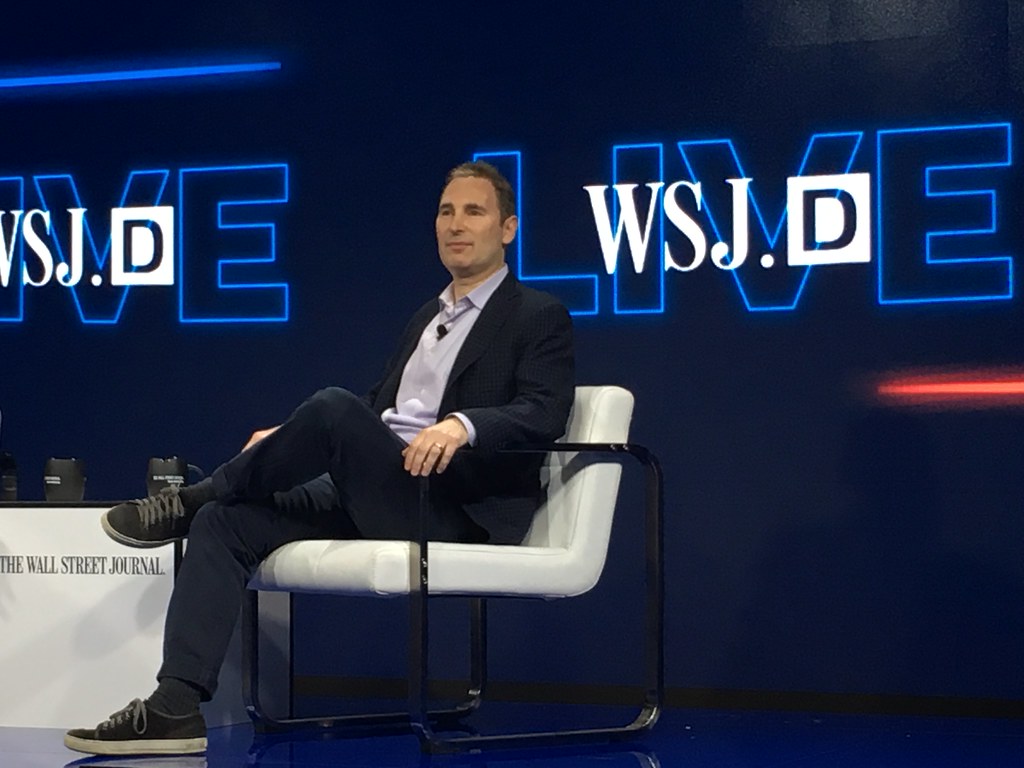
On Tuesday, Amazon introduced Nova Sonic, its new generative AI model designed to revolutionize voice processing and generate natural-sounding speech. This model, which Amazon claims is on par with advanced voice models from OpenAI and Google, aims to raise the bar on speed, speech recognition, and conversational quality.
Nova Sonic is Amazon’s response to the rising demand for more human-like AI voices. Over the years, voice models like Amazon’s Alexa and Apple’s Siri have seemed rigid in comparison to newer AI models. Nova Sonic integrates generative AI technology to offer a much smoother and more natural conversational experience, addressing the limitations of older virtual assistants.
How Nova Sonic Works and What Sets It Apart
Nova Sonic is available on Amazon Bedrock, the company’s developer platform for building enterprise AI applications. It features a new bi-directional streaming API that allows developers to integrate the model seamlessly into their systems. Amazon touts Nova Sonic as the “most cost-efficient” AI voice model on the market, claiming that it is approximately 80% cheaper than OpenAI’s GPT-4o.
A significant component of Nova Sonic is its role in powering Alexa+, Amazon’s upgraded digital voice assistant. Rohit Prasad, Amazon’s Senior VP and Head Scientist of AGI (Artificial General Intelligence), stated that Nova Sonic leverages Amazon’s deep expertise in “large orchestration systems,” which forms the backbone of Alexa. What sets Nova Sonic apart from other AI voice models is its ability to route user requests to the right APIs and tools depending on the context, such as fetching real-time information or triggering external applications.
Exceptional Speech Recognition and Speed
One of the standout features of Nova Sonic is its superior speech recognition capabilities. The model boasts a 4.2% word error rate (WER) across multiple languages, including English, French, Italian, German, and Spanish. This marks a significant achievement in understanding speech, especially in noisy environments or when users misspeak. Compared to OpenAI’s GPT-4o-transcribe model, Nova Sonic achieved 46.7% greater accuracy in loud, multi-party interactions.
Speed is another area where Nova Sonic excels. It operates with an average latency of just 1.09 seconds, faster than OpenAI’s Realtime API, which responds in 1.18 seconds. This high level of speed and accuracy makes Nova Sonic a top choice for real-time applications, ensuring that it can respond promptly and accurately during conversations.
Amazon’s Vision for AGI and the Future of AI Models
Nova Sonic is part of Amazon’s broader strategy to build AGI (Artificial General Intelligence), defined as AI systems that can perform any task a human can do on a computer. Prasad highlighted that Amazon plans to release more AI models in the future that understand various modalities, such as image, video, and voice, as well as other sensory data. This reflects Amazon’s long-term vision of integrating these models into the physical world and offering them as tools for developers across industries.
Recently, Amazon also previewed Nova Act, an AI model integrated into Alexa+ and Amazon’s Buy for Me feature. As part of their broader commitment to AI, Amazon plans to make more of its internal AI models available for developers to use, starting with Nova Sonic.
What The Author Thinks
With Nova Sonic, Amazon is not just competing with other AI models—it’s setting the standard for the future of voice interaction. This breakthrough in AI voice technology could mark the beginning of a new era where AI can engage in natural, dynamic conversations with human-like recognition and speed. By offering it as an accessible tool for developers, Amazon has positioned itself as a key player in the evolution of AI, making it easier for businesses to build powerful voice interfaces that users will love. If successful, this could reshape how we interact with technology in our everyday lives.
Featured image credit: Steve Jurvetson via Flickr
Follow us for more breaking news on DMR
